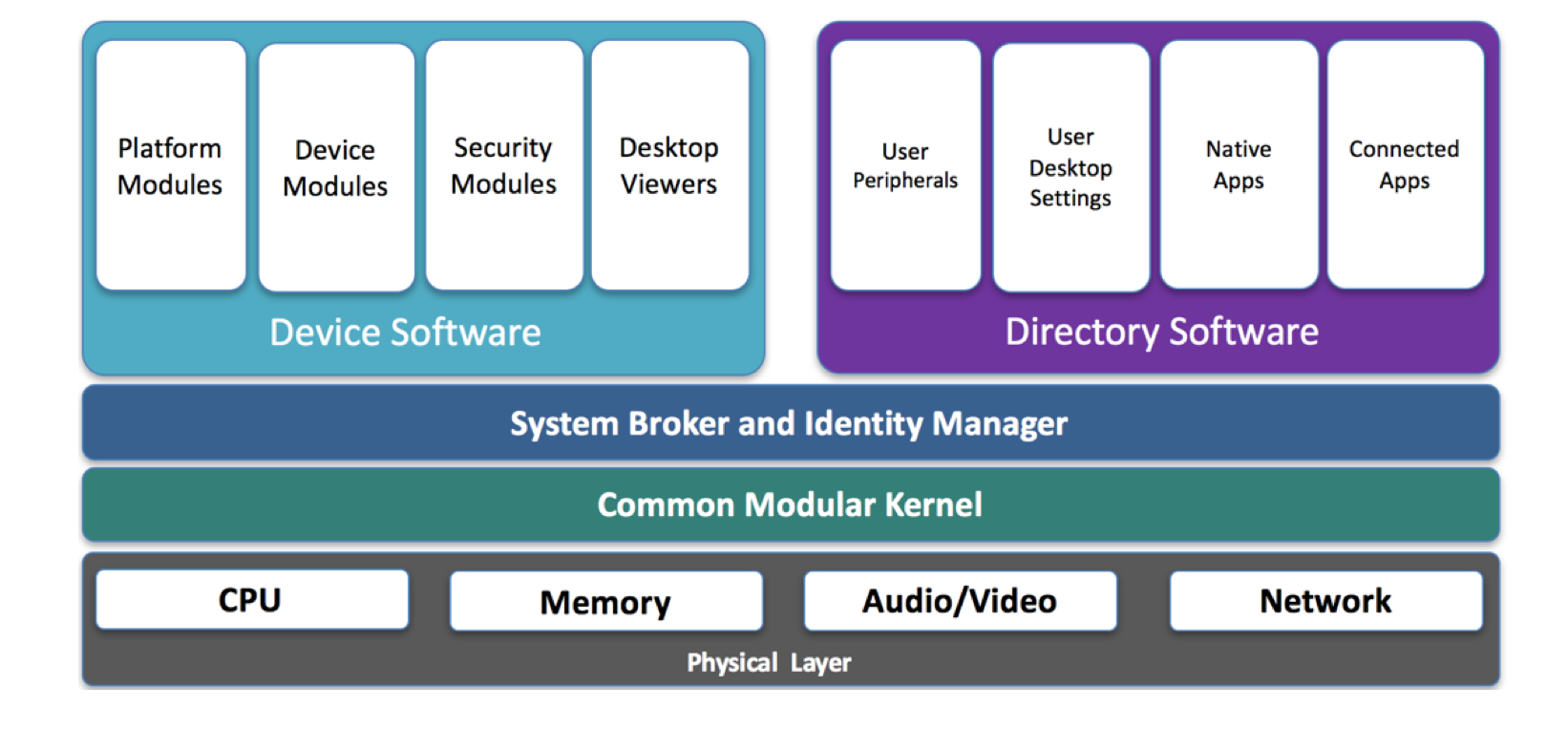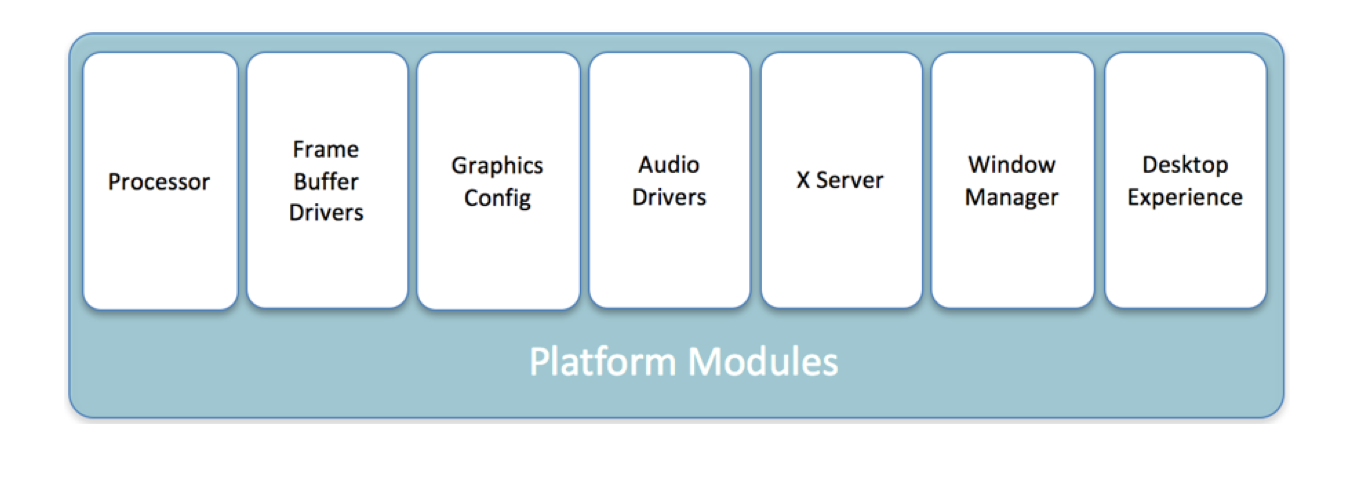Architecture
As a Server
Modern cloud-native application deployments that rely on Continuous Integration and Continuous Delivery (CI/CD) demand an intelligent, policy-driven computing model. Traditional methods involving scripted operating system deployments, although more efficient than manual configurations, fall short in flexibility and structure to meet the dynamic needs of scalable enterprise environments.
With the shift toward stateless application servers, persistent storage is no longer a baseline requirement. Servers are now deployed on-demand, purpose-built to handle specific workloads and decommissioned once the task is complete. In this context, the ideal server environment dynamically merges operating system components and application workloads at boot time—without the need for manual administration. These systems consume only the compute and memory resources necessary for the task at hand.
vSeries, powered by AI-based autonomous infrastructure technology, uniquely satisfies these evolving needs. It supports limitless combinations of server configurations by dynamically constructing server instances based on policy. The AI engine assesses application requirements and environmental context to allocate only the essential resources, optimizing efficiency, scalability, and operational resilience. Through this autonomous model, vSeries eliminates manual provisioning and streamlines lifecycle management.
As a Desktop
The zStation desktop platform distinguishes itself from conventional Linux distributions through its modular and intelligent architecture. Each system component is loosely coupled into autonomous modules and assembled dynamically at boot, guided by system policies. This modularity, combined with AI-based orchestration, enables zStation to deliver tailored desktop environments that are responsive to hardware, user roles, and use cases.
Modular Design

To deliver peak performance and optimized power management, zStation intelligently loads hardware-specific kernel objects and drivers. Rather than bundling all potential drivers—many of which may conflict or be unnecessary—zStation uses AI-driven hardware detection and policy enforcement to inject only platform-specific drivers early in the boot sequence. When required, the system dynamically relinks the kernel, producing a high-performance, lightweight foundation tailored to the device’s exact specifications.
These intelligent platform modules include the following elements:

Platform modules include the following technology elements:
- Processor: Include power management and kernel-level optimizations specific to the underlying processor architecture.
- Frame Buffer Drivers: Required for modern GPU-intensive applications, these support technologies like OpenGL and OpenCL, ensuring optimal media performance.
- Graphics Config: Allow fine-tuned configuration of frame buffer settings, adapting the system to a variety of display environments./li>
Audio Drivers: Automatically detect and configure one or more audio subsystems present in the hardware platform.
- X Server: Enables the Linux graphical environment, customizable per application needs
- Window Manager: Provides the user interface controls and desktop navigation features.
- Desktop Experience: zStation offers multiple desktop styles—taskbar, dock, icon grid—selectable via policy based on hardware type (e.g., tablet, laptop, workstation).
Smart, Simple, Scalable
Beacen is the gateway to a future where scale, hardware and environment interoperability aren't issues for IT.
A Complete Re-Think
Today’s device centric computing platforms fail to meet the complex challenges caused by modern mobile multi-platform requirements. To meet these demands a fresh approach is required, one that decouples applications and data from devices, and relieves the end users of complex systems and administrative tasks, in short a complete rethink of the platform itself.
Content centric systems have long been the nirvana of computer systems engineers, however those requirements are orthogonal to the device centric manifestations.
Combining advanced computing concepts such as (i) in memory computing, (ii) stateless, (iii) non-persistent and (iv) policy driven computing Beacen vSeries provides an unparalleled combination of security, performance, agility and flexibility.
Plug-and-Play
Your computer becomes a true plug-and-play appliance, capable of working "out of the box" without the need for any administrative intervention. The installer only has to plug it in; and turn it on.
Fully Responsive
As technology continues its steady migration to mobile platforms it is not enough for the application to be the only responsive element. zStation’s modularity guarantees a completely responsive environment.
Secure
vSeries represents a new level of security, reducing if not eliminating attack vectors. Since the filesystem that the operating system resides on is read-only attachment points for viruses and malware simply don’t exist.
In-Memory
zStation endpoint operating environment operates exclusively in volatile RAM not requiring local storage for any operation. This architecture provides performance not attainable by traditional computer architectures.
Stateless
Remember when your computer was new, everything was fast and it just worked, as it gets older your computer seems slower, that’s because it is, operating system decay is a real issue. Since zStation is stateless it is new evry time you login.
Consistent
Policy based computing guarantees that the system is deployed in the ideal configuration. Both operating system and application workloads are always in the optimal configuration on all systems.

